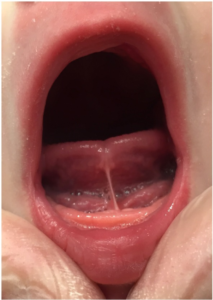
How Bodywork Can Help Breastfeeding
Breastfeeding challenges can sometimes go beyond technique, especially when underlying physical issues are involved. In this blog post, I discuss how bodywork, including craniosacral therapy (CST) and chiropractic care, can support better feeding outcomes for babies with conditions like tongue ties, torticollis, and birth-related tension. Learn how these gentle, hands-on therapies can make a difference in your breastfeeding journey.
